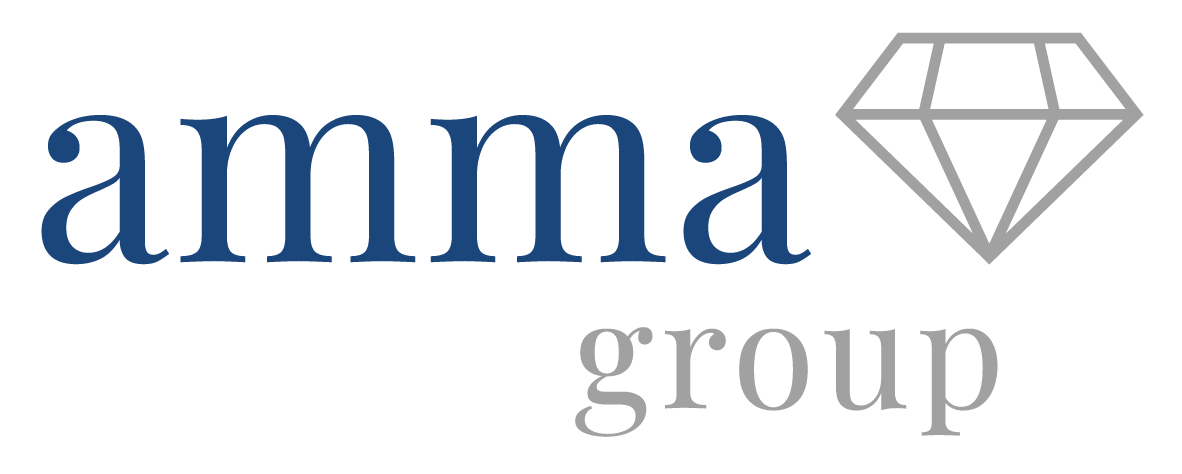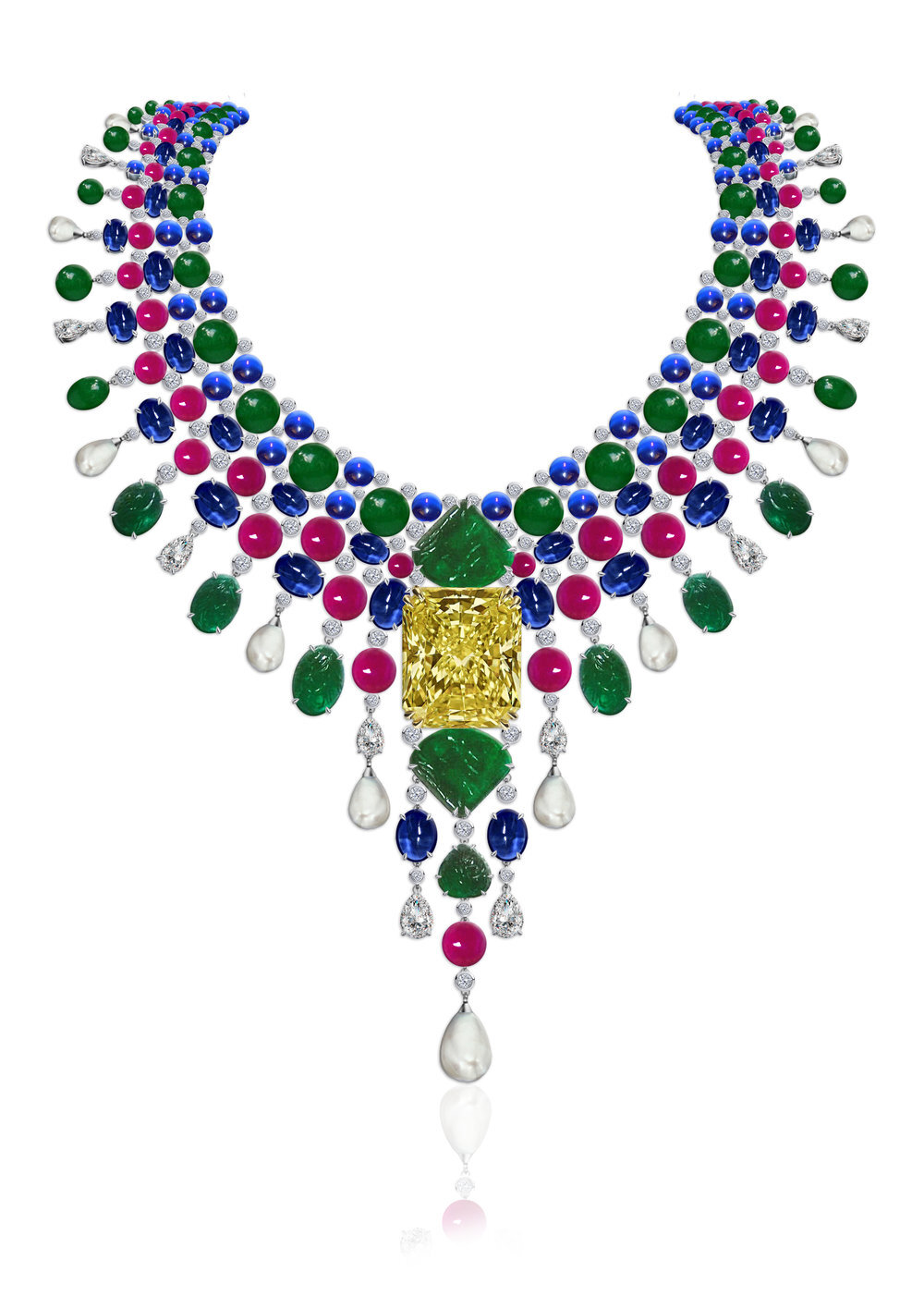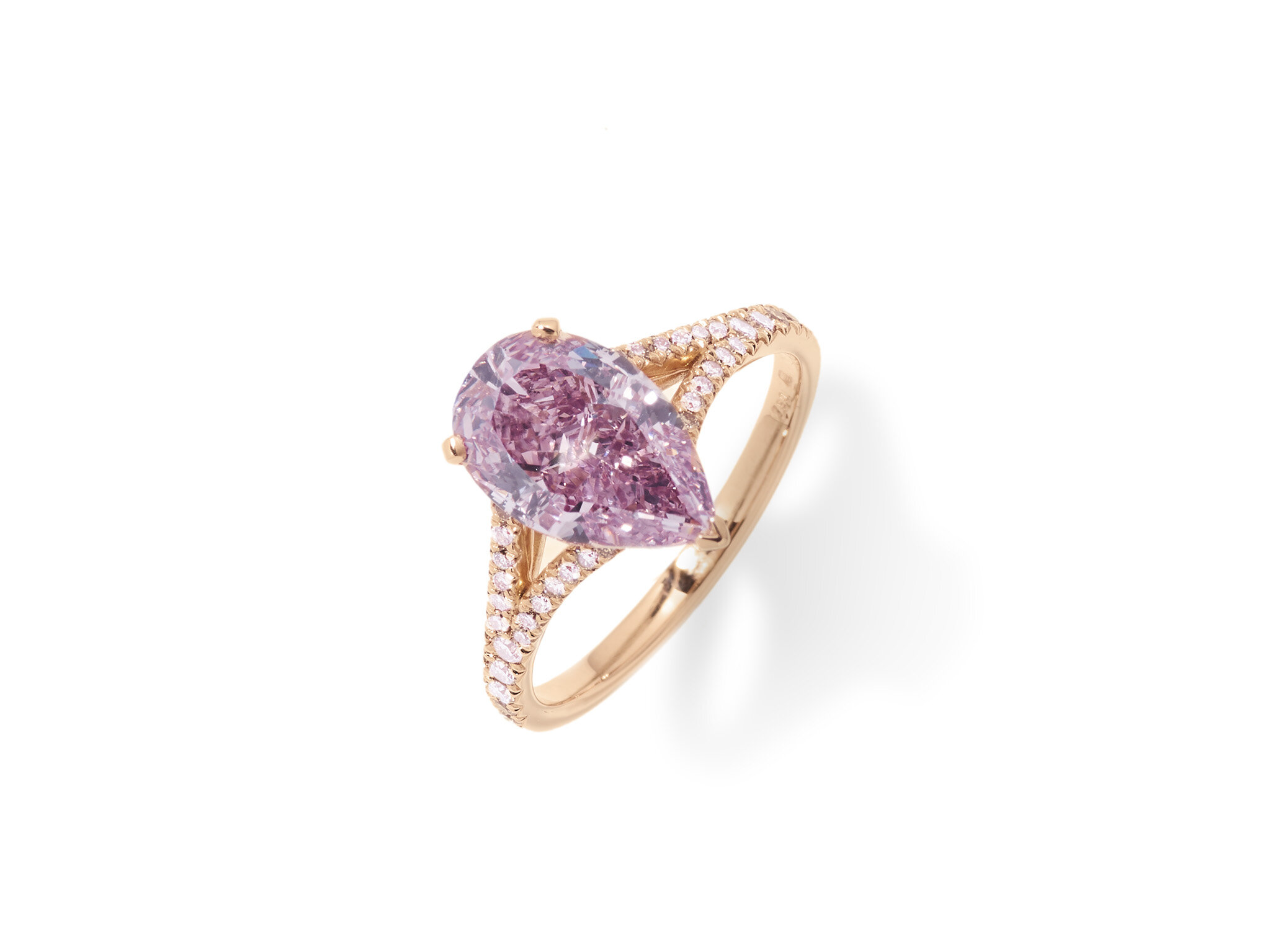I Choose To Exclude You!
This morning I awoke to a Tweet from the venerable and extraordinarily memorable Mark Ritson, in response to a fellow MWminiMBA cohort, who was complaining about Mark’s semi-nakedness whilst teaching the targeting module of the online Marketing MBA programme. Could this be a masterclass in the virtues of salience? Actually, in his defence, he was at that time discussing the prowess of Abercrombie & Fitch and their ability to truly nail the matter of targeting.
Whilst in general there is an understanding of targeting, alas far too many marketing professionals and agencies offering guaranteed success, prefer to focus their talents on the glamorous and creative side of our profession opposed to getting their hands dirty and doing the work that has greater assurance of long-term results. At times, all business professionals discuss their target audience, but how do they define who that person is, and based on what criteria?
In recent years, avatars and personas have become commonplace, with a lot of digital agencies defining organisations ideal ‘target audience,’ however these, in the most part are based on an assumption of the market place with very little knowledge or evidence. For targeting, is part of the Holy Trinity of marketing - three distinct elements that only work, when they come together as a threesome - Segmentation, Targeting and Positioning.
Segmentation is based on real life consumer research. It places people in groups that share commonalities based on values, beliefs and behaviours, but much more than this, done correctly it allows the company to understand the size and value of each group, its market share within the group and therefore the opportunity to grow. So what?
Targeting is the seemingly simple, yet inextricable process of deciding which segment to choose. And choose is what you must do. So, say to yourself, “I choose not to include you.” “I choose not to invite you.” “I choose to exclude you.” And now, we are talking good marketing.
So, I hear you say, what has this got to do with Abercrombie & Fitch and a semi-naked man? Back in the early part of this millennium, Abercrombie & Fitch took targeting to the pinnacle, by choosing to pay a well-known MTV reality show celebrity, NOT to wear their clothes. On the one side they could see the potential of sales to him and his followers and on the other side they could see the masses of Abercrombie fans deserting the brand as a result of their lack of association with the celebrity.
A vital part of the targeting process is to understand the positive and negative influences one segment may have on another. Much like a maze, there are routes that trap you, and routes, which lead you to another area and ultimately to success. In choosing a single segment, you want to also find a group that can sway others to their way of thinking. In doing this, your marketing budget and efforts are kept tight and efficient, with positive influencers playing a critical role in the communication process.
And now you have chosen whom not to target, you must focus all of your efforts on who to target. Armed with your research responses from all the participants within your chosen segment, its time to create a true reflection of the person you want to become your customer. What do they look like? What are their beliefs and opinions about you? Who do they say are your competitors? What do they like most about you? What do they like least about you? What do they think, when they think of you? It’s only now you have a true avatar, segment portrait or persona.
Working within the luxury and financial sectors, Amma Advisory offers elegant solutions which bridge companies’ knowledge gaps. Providing analysis and advice on creating solutions that have a positive, long lasting impact on your business, whilst ensuring your team learns the new-found skills to continue your aspirations.
Our team is skilled across many departments, providing expertise on strategy, finance, marketing, stock, distribution and sales. Our end goal for you is extremely focused: increased gross margin, revenues and growth. For more information on how we can help you meet your goals contact us at enquiry@amma-group.com
Celebrating 13 Years
In 2007 the likes of Facebook, LinkedIn and Twitter had just begun their journey; the first iPhone was less than a year old and many organisations were still grappling with the transition from paper to email.
In that same year, in the midst of the ‘Global Financial Crisis’, Philip Baldwin and Mahyar Makhzani both with extensive experience in the world of luxury, decided to set up their first Fund specialising in fancy coloured diamonds, targeted at qualified investors.
“It was the strong demand in coloured diamonds combined with a general opacity and inefficiency in the pricing of these alluring stones which compelled us to set-up Amma”
13 years on and we find ourselves in the midst of another crisis, but unlike any we have seen in our lifetime. One of the founding beliefs when setting up the first fund was that due to the rarity and scarcity of coloured diamonds, they would remain strong during economic downturn. Whilst the last ten months have not only proven challenging, but have also been the downfall of many seemingly stable organisations, we are pleased to say that coloured diamonds have retained their value, as backed up by recent auction results.
Having recently celebrated our anniversary, we wanted to take the opportunity to announce the launch of our new website, social platforms and our Environmental, Social and Governance (ESG’s) intention which is ‘To partner with organisations to create an ecosystem that aims to improve social, economic and environmental factors within the diamond and precious stone industry by 2030.’
We also wanted to thank those who have helped us on our journey - to our friends at Atlas and Eclipse Consulting who didn’t shy away when we challenged the ‘norms’ of Fund Management; to Argyle Pink Diamonds, who invited our relatively unknown organisation to become part of their Tender process and to amongst others, Vivienne Becker and Robert Frank who have recognised the newsworthiness of our story - thank you!
Amma Group now also includes Amma Privé, which creates exquisite bespoke jewellery and Amma Advisory, which offers expert analytical, strategic and tactical advice for the luxury sector.
Thank you to you all,
Philip and Mahyar
View Our Social Pages
The Power of a Brand
Speak to a group of luxury professionals about branding and you are likely to get a glow of pride for their organisation, followed by hesitation on how to pin-point just exactly what branding represents. The fact of the matter is that we are all susceptible to the power of a brand, and with branding being the most important single financial asset a company owns, you can ill-afford to neglect it. Furthermore, with branding directly linked to the profitability and success of a company it is something that requires on-going attention.
But what is brand equity? In short, take a product that is branded, for example a well-known fizzy drink and then take a non-branded version of the same drink. The brand equity is the difference between the value of one, versus the value of the other. Or more appropriately, the difference between a branded fancy coloured diamond ring versus the same stone alone. The setting itself can be as little as $100, but the power of the brand can increase the value of the item by up to approximately 30%. If you neglect to consistently promote the benefits and message of the branded product, it will eventually become a pure and simple commodity and the value will drop accordingly. This is particularly pertinent during times of economic downturn, when many organisations look to reduce costs. With just a 1% decrease in variable costs (or in this case, marketing expenditure), comes approximately a 6.5% increase in profitability, however, this is short-lived and can have longer detrimental effects on the brand.
The Harvard Business Reviews’ Brand Report Card by Kevin Keller suggests that by measuring how your company stacks up against 10 traits shared by the world’s biggest brands, allows you to see where improvements need to be made, to maximise profit.
Those ten traits include the benefits your company delivers, the relevancy of your message to your chosen audience and the consistency of your communication. However, over and above the 10 individual traits is one distinct attribute - positioning. Also described as what you want your prospects to think, when they think of your company, positioning is oversimplified messaging that cuts through the clutter of our over-communicated society, to get into the mind of the prospect.
Discuss branding with most people and they will say that it is about logos, fonts and colours. Some people may also include imagery and style of writing and all of these aspects would be correct, but it is so much more than this. Referred to as touch-points, every element of your identity needs to reflect the position you have chosen. And that position should be exclusive to your target audience or rather, should actively exclude anyone who is not within your target audience.
And so, how is this relevant to our industry? Take any subject matter and we will have differing and diverse opinions. In a recent project for a luxury organisation, following research, we were able to create 12 individual segments or groups of people with shared commonalities within the group and differences from the other groups. Having chosen a single group to target, we then tailored all of the marketing and communication to ‘speak’ to that group. Using words and phrases they had cited; promoting services they had expressed interest in and going as far as to include images of those who belonged to the chosen segment, allowed the company to find more people who could connect with the brand.
Amma Group works in three main areas, asset management for fancy coloured diamonds, rubies and sapphires; bespoke jewellery design for private clients and advisors to luxury goods organisations. Through our work with Amma Advisory, we are fascinated by the seemingly disparate that brings people together. We use research and analysis to find potential customers who share passions with companies’ products and services. For further information on the benefits of branding, contact enquiry@amma-group.com
With changes in the major watch & jewellery fairs, just how important is brand diagnosis?
In July we wrote about the impending changes to MCH Group, organisers of Baselworld. Since then Baselworld has been shelved and replaced by HourUniverse. Described as ‘a new hybrid platform for the watch, jewellery and gemstone industries,’ with one live show to be held in Basel each year, the new approach and platform is a result of ‘industry feedback and current challenges’ facing the world. But is this a knee-jerk reaction to the loss of some major brands from the show? Certainly consumer feedback is integral to any strategic decision-making, however any expert in strategy will tell you that effective diagnosis and the subsequent tactical implementation should never be rushed.
No greater example of the effectiveness of diagnosis comes from Gucci. In 2004, after the departure of Tom Ford and Domenico De Sole, Gucci Group sent shockwaves around the world of luxury by appointing Robert Polet as its new CEO. Previously from Unilever, the headlines read ‘What do frozen fish and ice cream have to do with $8,000 crocodile handbags? Robert Polet is about to find out.’ Gucci Group made a seemingly unthinkable move and chose talent and ability over knowledge of the market, trusting that Polet would use his skill to do the appropriate diagnosis in order to create a strategy and implement it. Many scoffed not only at his appointment but also at his start date - July 1st, just as the entire European luxury industry was heading off on holiday! But whilst the luxury industry was sleeping Polet was doing his diagnosis, giving him time to think, learn and understand. He appreciated that proper diagnosis takes time and it was this ability that enabled him to double revenues and triple profits.
We very much hope that we are wrong, but we suspect that Baselworld under its new guise of HourUniverse will result in little change.
Credit MCH Group














